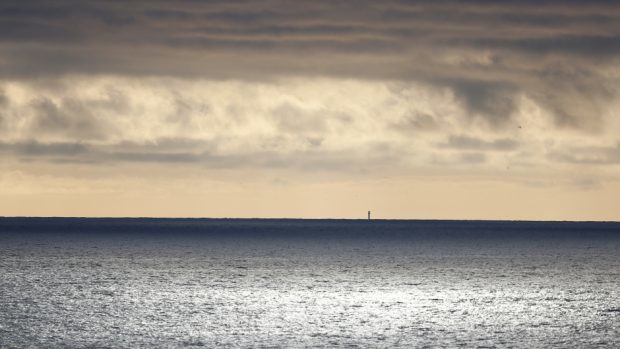A diver has died as he was about to explore Scapa Flow in Orkney.
The alarm was raised around 9.10am today with coastguards.
Police Scotland confirmed that the man was reported to have died at Houton Pier.
It is believed he had suffered a medical episode before beginning his diving trip.
Scapa Flow is one of the world’s most historic naval and dive sites.
Two divers were last week taken to hospital after separate incidents – which occurred just 20 minutes apart.
The men were both showing signs of the bends after apparently surfacing too quickly.
In the first incident on Wednesday Shetland Coastguard was alerted when a diver was ferried by boat to a waiting ambulance at Burray Pier.
He was taken to the decompression chamber at the Balfour Hospital in Kirkwall. His dive buddy accompanied him as a precaution, but was not showing any signs of sickness.
Just 20 minutes later another diver reported problems with the bends and was landed at Stromness. He too was taken by ambulance to the Balfour.
Scapa Flow was home to the British Grand Fleet during the First and Second World Wars.
Following the German defeat in WWI, 74 ships of the Kaiserliche Marine’s High Seas Fleet were interned in Gutter Sound at Scapa Flow pending a decision on their future in the peace Treaty of Versailles.
On 21 June 1919, after nine months of waiting, Rear Admiral Ludwig von Reuter, the German officer in command at Scapa Flow, made the decision to scuttle the fleet.
At least seven of the scuttled German ships, and a number of sunken British ships, can be visited by scuba divers.
During WW11, Scapa also saw one of the iconic attacks of the conflict.
On 14 October 1939, under the command of Günther Prien, U-47 penetrated Scapa Flow and sank the battleship HMS Royal Oak anchored in Scapa Bay. Of the 1,400-man crew, 833 were lost. The wreck is now a protected war grave.
At 120 square miles, Scapa Flow is one of the world’s largest natural harbours and the sea around Orkney has one of the largest concentrations of shipwrecks anywhere in the world.
